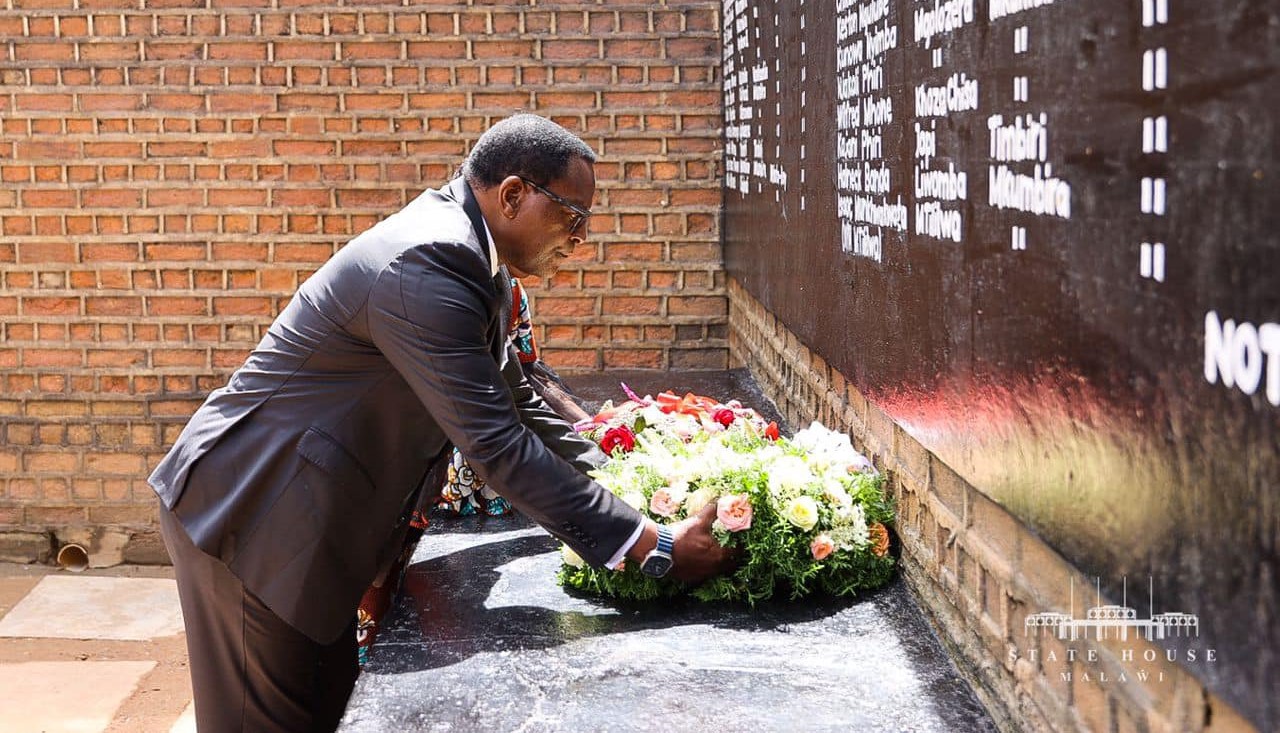Reminiscing village life
Malawi society is made up of diverse and intriguing social and cultural practices and activities that form a significant part of their existence and make us unique on the African continent and the world, as a whole.
Interestingly, if people are given a chance to live again or chose between village and urban life, many people would go for the latter.
For obvious reasons, village life would be snubbed right away on the basis of many grounds such as the gruesome hardship which many people encountered and compounded their families during their childhood.
For example, many families went through hell in the village to raise their children who are now living comfortable lives in the cities and towns. Some parents would distil and sell the popular illicit liquor called kachasu to feed and raise school fees for their children.
Whereas others used to share the same blanket with their siblings and sleep on a rugged mat in their small and dilapidated houses which could hardly accomodate a single bed.
On the contrary, many would choose city or urban life where houses are decent and big, and access to social services like healthcare is easy.
However, there is one tangible reason most people love and want to associate themselves with the village life. It is a celebration of their cultural activities and childhood experiences.

Oh yes, there is no beautiful feeling to cherish than one’s social and cultural activities that made their childhood terrific and memorable.
Visiting one’s old school and village, chatting with old childhood friends or enjoying local food such as mbewa, ziwala/zitete (grasshoppers) and social activities are some of the things that made our childhood exciting and memorable.
Food has a powerful cultural value which connects us to our childhood back in the days as well as village life. For example, chafutsa/futsa (dried vegetables) such as chidede, mtambe, therere, nkhwani, khwanya and ntambe/chitambe. And not forgetting mzama, chipere, nandolo, mtedza, kalongonda and bush fruits like matowo, masuku, nkhundi/nkundi, jambula/katope, nkhuyu, nthudza and many others, made our childhood exciting and exceptionally good.
Traditionally, our forefathers used to preserve chafutsa and other food-related stuff for future use in locally made storage materials called zikwatu. And the food could be safely stored up to a year.
“Usually, we used to preserve local food like vegetables during rainy season when there are in abundance. We used to store them in zikwatu by hanging them on the roofs of our houses. We were making zikwatu from locally available leaves.
“In ancient history, our forefathers were preserving local food in anticipation of a looming hunger,” recounted Gogo Nansani of Mvera in Dowa.
Unlike in the village where food stuffs like meat and vegetables are dried up to be preserved, people in urban areas use refrigerators today to preserve food for future use.
Again, memories are still fresh how I used to drink cold water and thobwa (sweet brew) kept in beautifully moulded mtsuko (pot) in my village. Of course, I had also enjoyed masese (local opaque beer) kept in mbiya (big pot) at Chimphale’s local drinking spot in Lavu village, Mvera.
Chimanga chokazinga (roasted maize), which we used to carry to school in plastic bottles, particularly those of cooking oil such as Covo and Kazinga, was also popular back in the days. Unlike today where children are given snacks, juices and soft drinks to take with them to school, the old generation of 1990s and 1980s used to eat and brag with chimanga chokazinga during break time.
Whereas, those who were privileged to have been given or stolen some coins from their parents would buy zitumbuwa and mbajira (local pan cakes). However, those who were affording mandasi (doughnuts) and mpisu (chips) were regarded a real dons.
During our time, wearing shoes at school during our time was not an easy feat for everyone. Majority were walking barefooted, but cladding those popular shorts with a buckle was a complete swag on its own.
Old school and local swag can be incomplete without the mention of the popular traditional games and dances like phada, chibisalirano (hide and seek) and chitelera, among others. There were also other popular activities like zawana/za amayi ndi abambo, jingle-jungle and arranged fights which were organised at the end of the school terms between rival groups.
However, many years down the line after many people had enjoyed a blissful lifestyle packed with unique and exciting traditional activities and food, itseems most of these things are on the verge of collapsing due to rapid lifestyle changes. Today, children and families are greatly influenced by technology and foreign cultures that are fast eroding their true Malawian identity.
For example, these days children are exposed to lifestyles they watch on TV. For example, they play video games and imitate popular cartoons like Spider Man and, Tom and Jerry. Unfortunately, when they visit their village, be it in Molele in Thyolo, Dowa’s Mbedza or Enukweni in Mzimba, they appear more Western than their fellow Malawian children in the village.
In terms of food, our society, particularly in urban settings, is consuming more of fast processed foods. Unless it is for health grounds, a small percentage enjoy local foods.
However, not all is lost as some individuals are dedicating their efforts towards promoting local activities and foods. One of such people is Loveness Msanide Daka who champions traditional cuisine at her Pamudzi Eartey and Bar in Mandala, Blantyre.
Pamudzi stocks all types of local foods including usipa ofwafwaza, chigwada, thobwa and mang’ina.
A grouping of creatives called Kuwala has also embraced an initiative called Malawi Night to promote traditional activities like games. The Malawi Night (Lilongwe edition) was successfully held at Kitchini Hub where fans enjoyed local music and games like phada.





